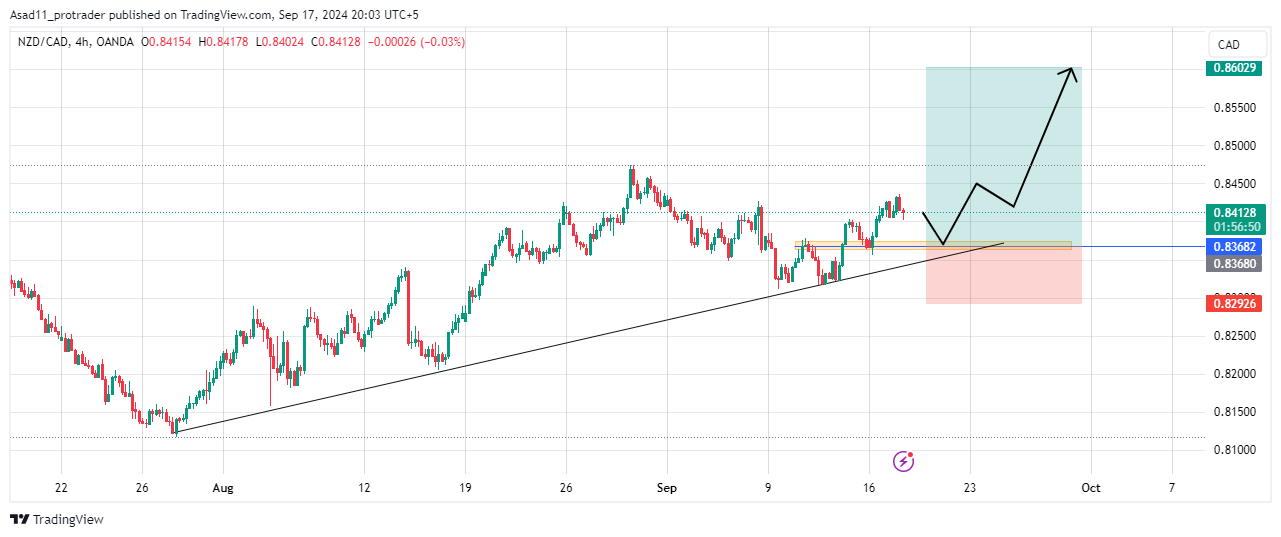USD/JPY forecast: death cross forms, losses key support

The USD/JPY exchange rate continued its downward trend ahead of the upcoming Bank of Japan (BoJ) and Federal Reserve interest rate decisions. The pair retreated to a low of 141.50 on Wednesday morning, its lowest level since January 2nd and by almost 13% from its highest point this year.
Bank of Japan decision
The USD to Japanese yen continued its downward trend after a Bank of Japan (BoJ) official hinted to more interest rate hikes. In a statement, Junko Nakagawa said that conditions in the country would remain easier even if these hikes come.
This statement came as the BoJ prepares to deliver the next interest rate decision on September 20th. This will be a crucial meeting because the bank delivered a surprise 0.25% hike in its last meeting, triggering a shock in the financial market.
In recent statements, officials, including Kazuo Ueda, have hinted to another hike because of the stubbornly high inflation. The most recent economic numbers showed that the headline Consumer Price Index (CPI) rose to 2.8% in July, higher than the median estimate of 2.7%.
The CPI figure was significantly higher than the year-to-date low of 2.2% and the BoJ’s target of 2.0%. Therefore, the rate cuts are meant to help lower inflation, partially by reducing the pace of wage growth and strengthening the Japanese yen.
Still, there are risks to more BoJ rate hikes. First, there are signs that the Japanese economy is not doing all that well. A report released this week showed that the economy expanded by 0.7% in the second quarter after contracting by 0.6% in Q1. This growth translated to an annualised growth rate of 2.9%.
While these numbers were better than those in the first quarter, they were lower than the expected growth of 0.9% and 3.1%, respectively. The Japanese statistics agency attributed the weakness to weaker external demand, which dropped by 0.1%.
Private spending and capital expenditure rose by 0.9% and 0.8% in the second quarter, missing the expected growth of 1.0% and 0.9%.
Still, there are some positives for the Japanese economy. For one, the price of most commodities, including crude oil, has dropped sharply recently. Brent and West Texas Intermediate (WTI) dropped to $69 and $66, respectively.
Japan does well when energy prices are falling because it is one of the biggest importers globally.
Federal Reserve decision
The USD/JPY pair retreated because there are signs that the Federal Reserve will continue cutting interest rates next week.
Recent economic numbers have shown that the US economy was slowing. Two reports by S&P Global and the Institute of Supply Management (ISM) showed that the manufacturing PMIs remained below the growth phase of 50 in August. A PMI figure of less than 50 is a sign that a sector is contracting.
The other notable report came from ADP and the Bureau of Labor Statistics (BLS). According to ADP, the private sector created less than 100k jobs in August. The official NFP Jobs data revealed that the unemployment rate remained above 4.2% as the economy created 141k jobs.
There are signs that the country’s inflation was falling. The upcoming US Consumer Price Index (CPI) data is expected to show that the headline figure softened from 2.9% in July to 2.6% in August while core CPI moved from 3.2% to 3.1%.
Historically, inflation numbers are important for the Federal Reserve because they form part of the dual-mandate. In this case, however, these numbers will not have a big impact on the USD/JPY pair since the Fed has already hinted that it will cut interest rates in the next meeting.
Fed rate cuts and BoJ rate hikes will narrow the spread of Japanese and US yields, leading to more concerns about the carry trade.
A carry trade is a situation where investors borrow in a low-interest rate country to invest in a high-interest rate country. In this case, investors used low rates in Japan to invest in the US, meaning that the reversal has now started to happen.
USD/JPY technical analysis
USD/JPY chart by TradingView
The USD/JPY exchange rate peaked at 161.98 in July and then suffered a harsh reversal after the BoJ rate hike.
Most importantly, the pair has formed a death cross, where the 200-day and 50-day Exponential Moving Averages (EMA) have crossed each other. In most cases, this pattern leads to more downside.
The pair has also dropped below the key support level at 141.75, its lowest swing on August 5, invalidating the double-bottom pattern that has been forming. Also, the MACD has remained below the neutral point while the Relative Strength Index (RSI) has moved below the neutral point of 50.
Therefore, the path of the least resistance for the pair is bearish, with the next point to watch being the psychological point of 140.
The post USD/JPY forecast: death cross forms, losses key support appeared first on Invezz



